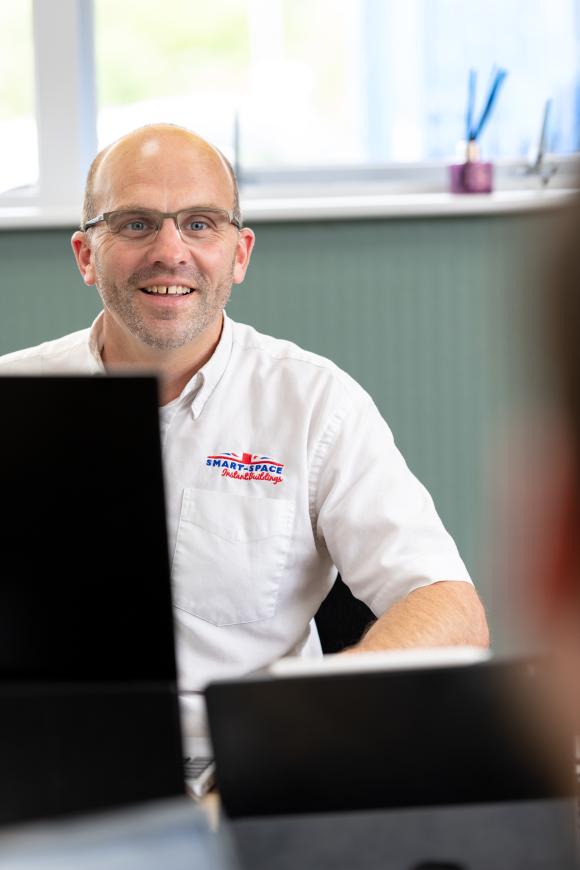
Planning permission for temporary buildings – easier than you might think
When you’re considering a temporary building for your business, you’ll need to consider planning permission. And whilst it can sound like hassle: paperwork, delays, red tape, reports and uncertainty; it’s actually a lot more straightforward than most people realise, especially for temporary installations. At Smart-Space, our aim is always to help you get exactly the support you need, and that includes accurate and timely advice on planning permission. We’ve been doing this for decades, and our can-do culture is firmly entrenched throughout the business. Most of the buildings we install don’t need planning permission at all. But it’s important to know what’s involved, what your options are, and how to make the whole process as simple and painless as possible.
Do you actually need planning permission?
Not if you’re hiring your building for 28 days or less… Here’s some good news: if you’re using your temporary building for commercial or industrial purposes continuously for less than 28 days, you won’t need planning permission. That means if you’re hiring a structure for a short project, seasonal work, for an emergency, or temporary storage, you can get started right away.
Can you go ahead under ‘permitted development’? If your building will be in place for longer than 28 days (and some of ours are still going strong after several years!), it’s worth checking whether it will fall under what’s called permitted development (PD). This allows some buildings to be installed without going through the full planning application process but, again, there are conditions.
For example, a temporary building isn’t allowed under PD if the building is over 200sqm, more than half the size of the original industrial building (if relevant), or within 5 to 10 metres of your site boundary (depending on its height). It also can’t reduce your available parking or turning space. Most Smart-Space buildings that require permission do so because of this last factor.
If your project meets the permitted development criteria, and it doesn’t affect parking, landscaping or drainage, you may be able to proceed without formal planning. But remember, this is a general outline and you should always get professional advice relevant to your unique circumstances.
Lawful Development Certification (LDC)
If you’d like formal proof from your local council that your proposal doesn’t need planning permission, you can apply for an LDC. This isn’t mandatory, but it’s ideal if you like to keep good quality records or plan to keep the building up for some time.
The process is similar to a standard planning application, but the council can only consider a reduced range of issues, making it faster and simpler.
When you do need planning permission
If you do need planning permission, the process itself is relatively straightforward. It usually takes between 8 and 13 weeks, depending on your proposed building size. Smaller buildings (under 1000sqm) are generally determined in 8 weeks, while larger or more complex ones take up to 13 weeks.
What can delay things? Well, it’s nearly always missing or incorrect information. Smart-Space has a team of experts with years of experience who can help you get all the right reports and details from the outset. We’ll make sure your drawings, site plans, elevations, drainage layouts, and planning statements are all properly prepared before submission. Our initial site visit is always more than agreeing where to site your building, it allows us to assess planning considerations as well.
Retrospective or no-permission routes
In some cases, customers opt to apply for retrospective planning permission. This means they install the building and then apply during or after the build. This can work if your proposal is a safe bet, based on professional opinion.
There’s also the option to go ahead without planning permission, entirely at your own risk. Some people choose this when the building is needed for a short time and any potential council intervention would take longer than the building’s use period. Others are confident that their installation fully meets permitted development rules. It’s ultimately your call – and one you can make confidently once you have all the facts you need.
Above all, remember that planning permission for temporary buildings doesn’t have to be stressful. Whether you want to manage it yourself or prefer us to handle everything, Smart-Space can help at any stage, as needed. The most important thing is that your instant building is compliant, on schedule, and ready to use without unnecessary delay.

